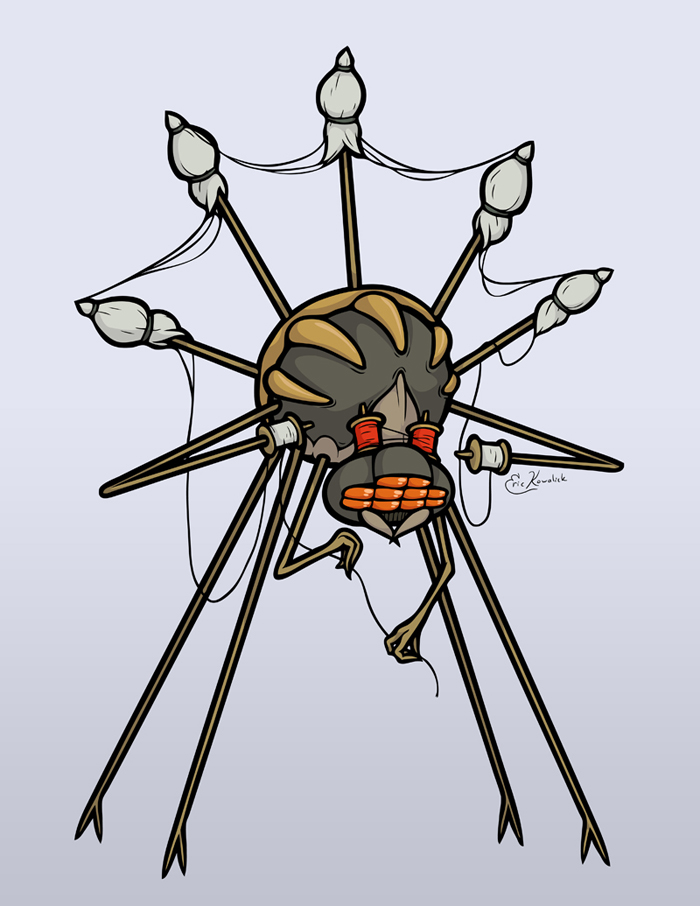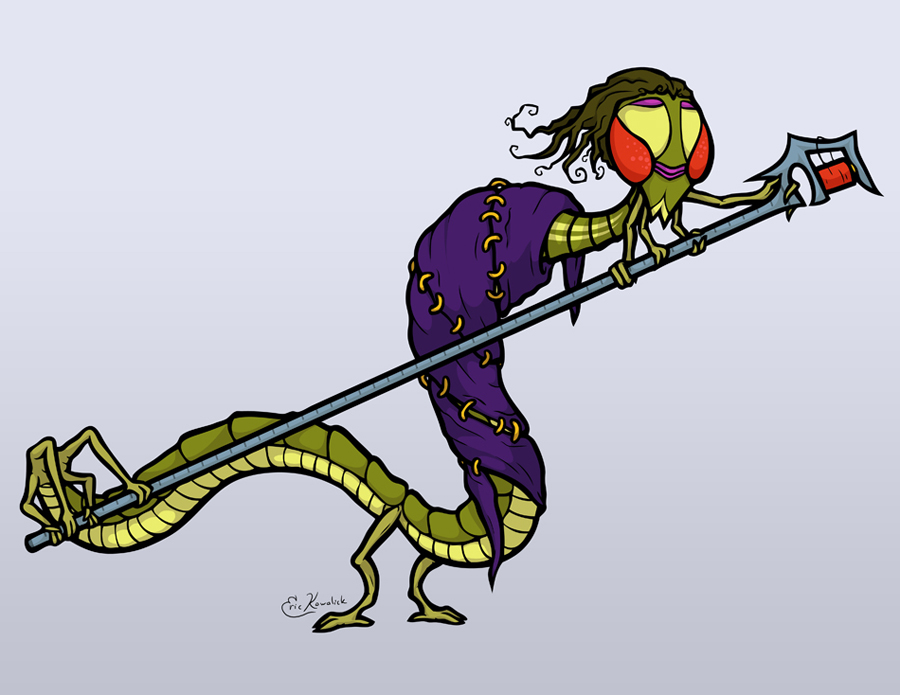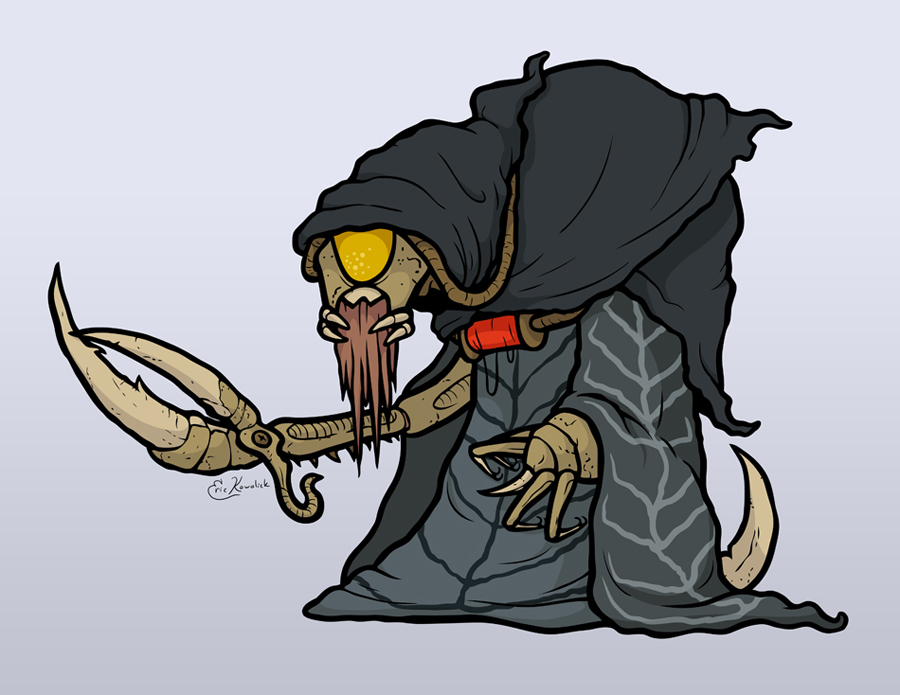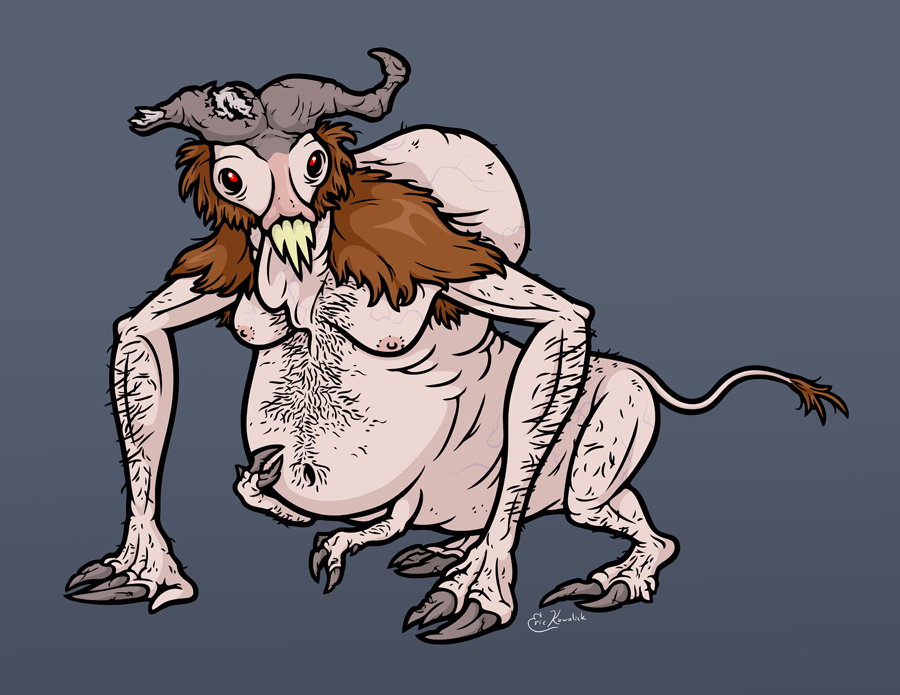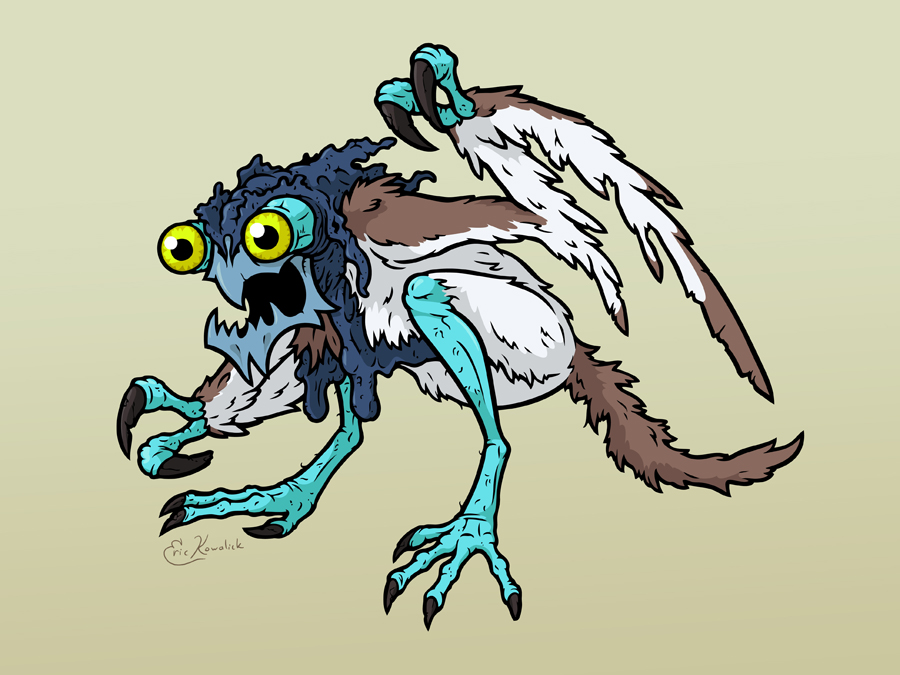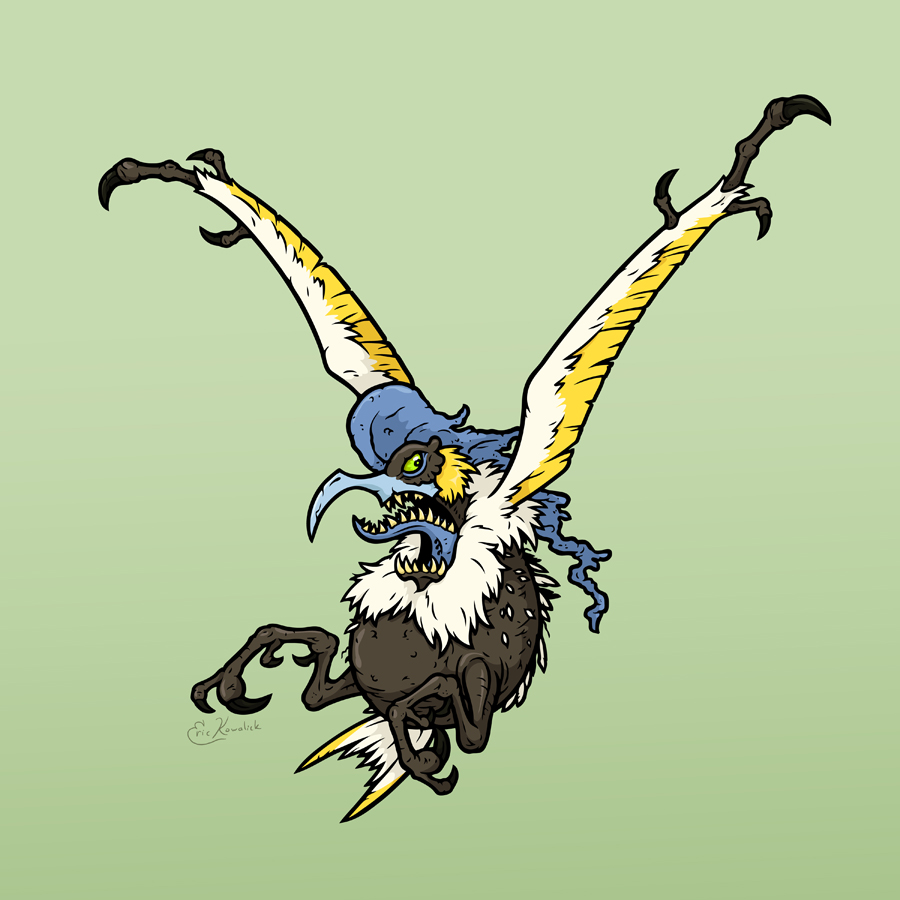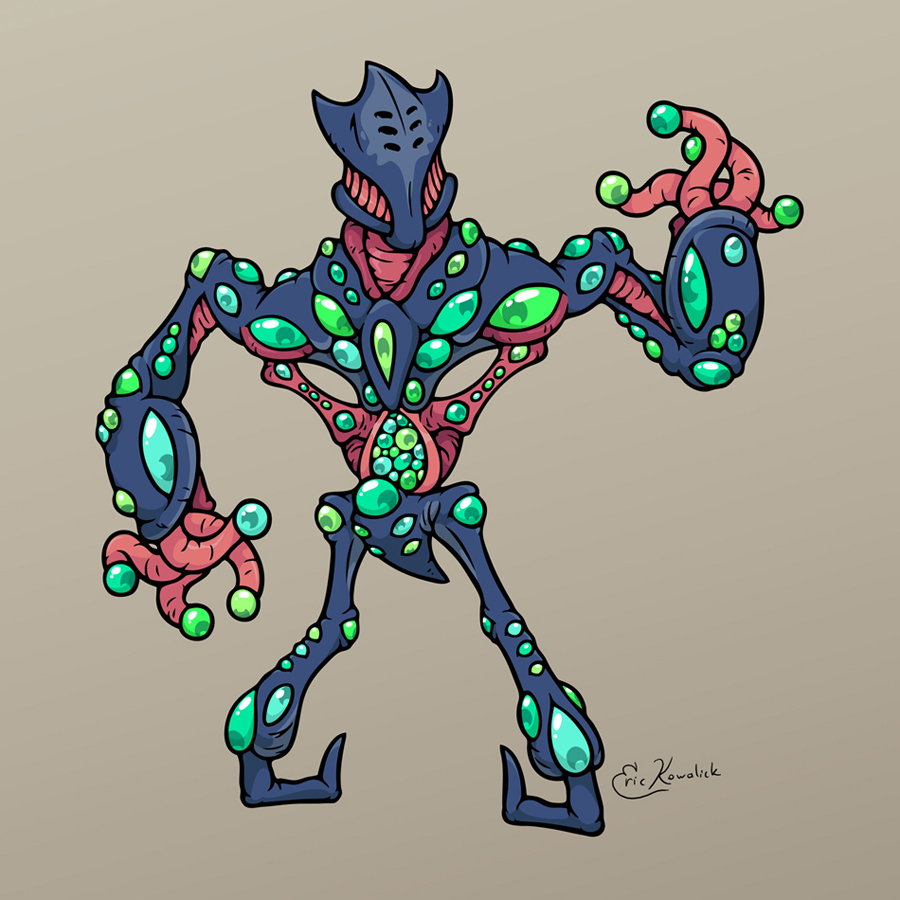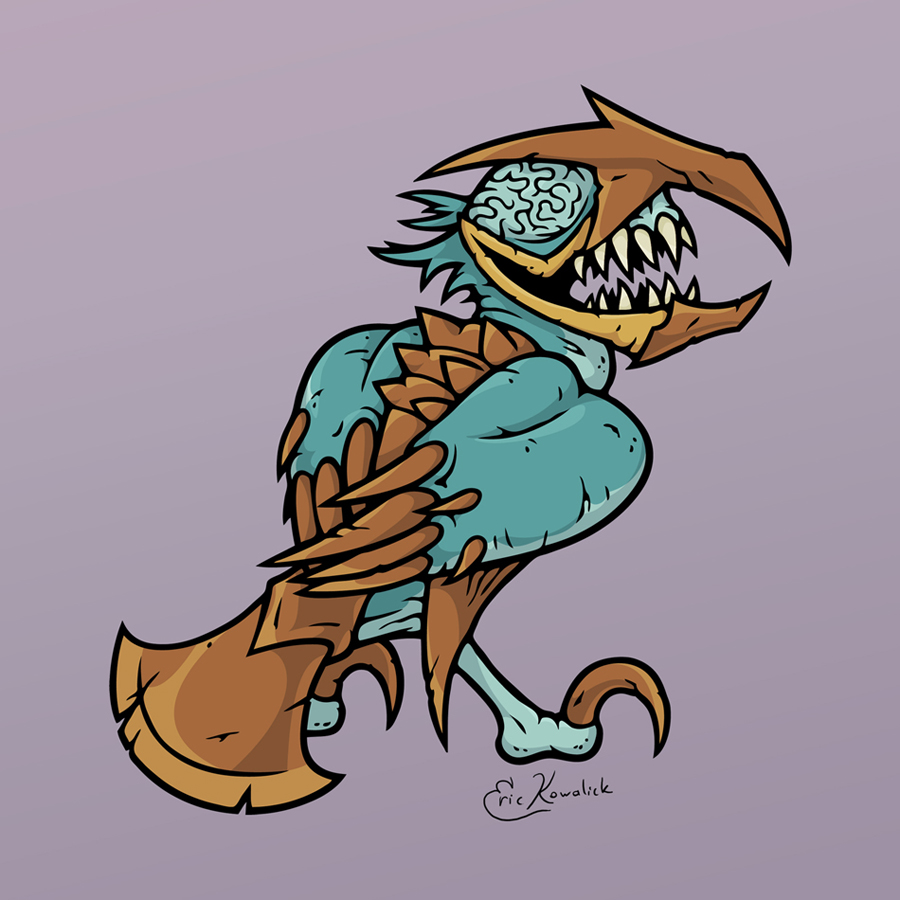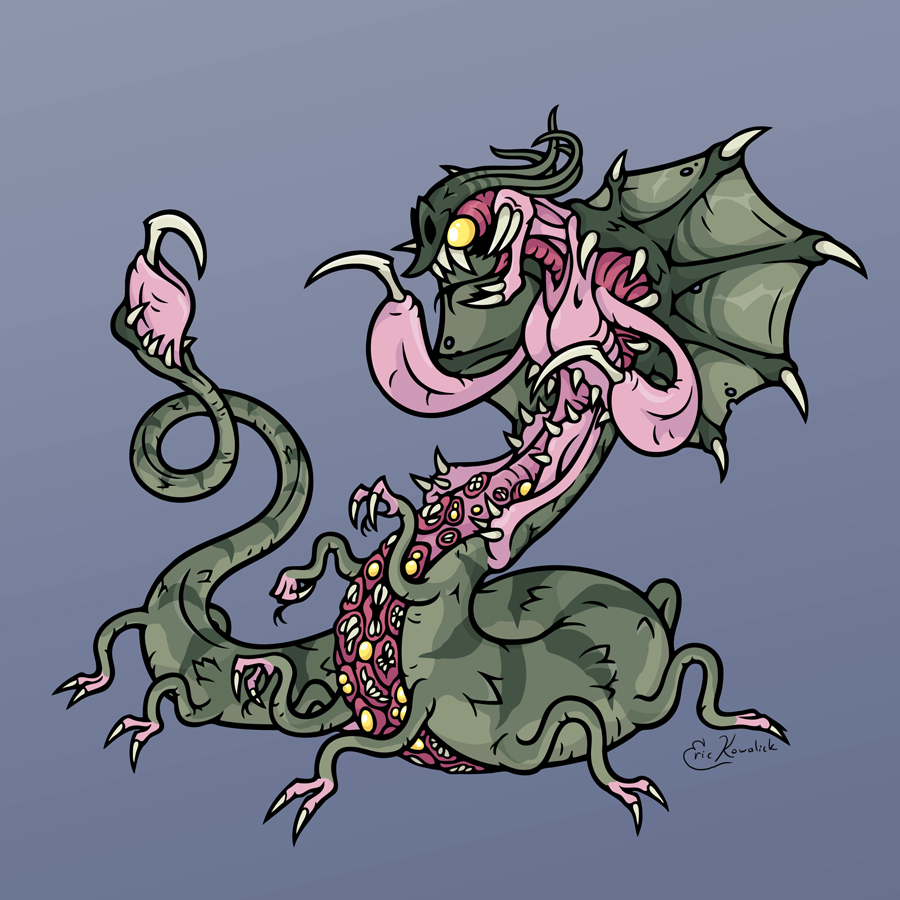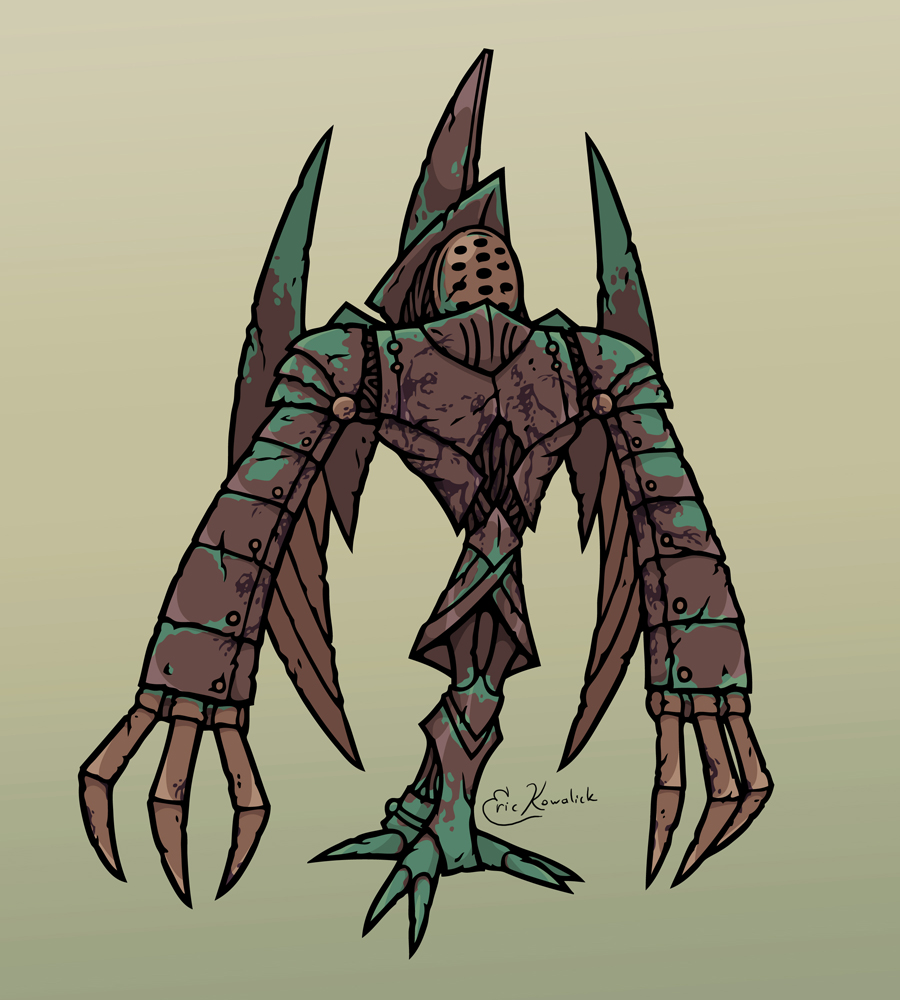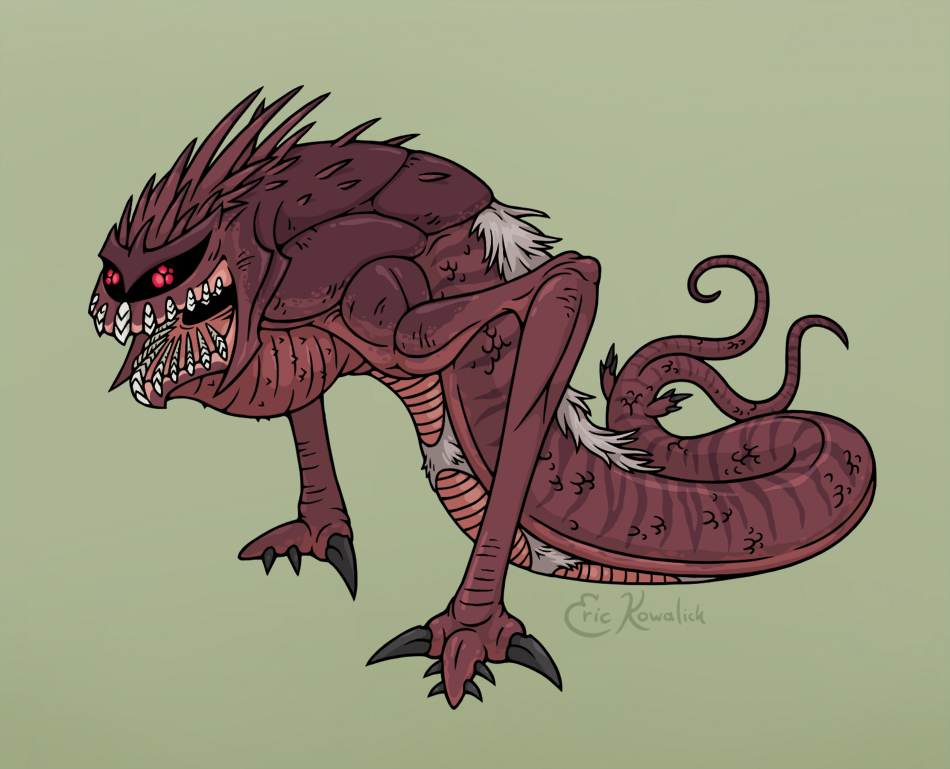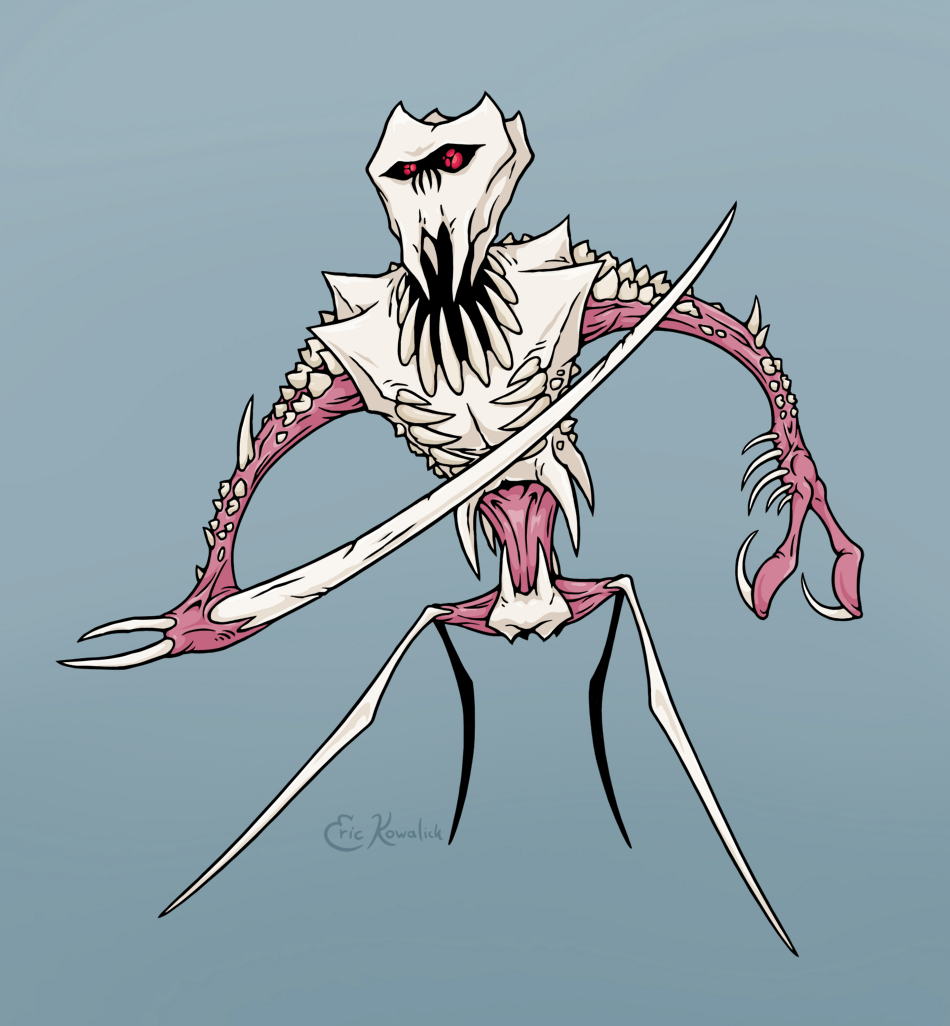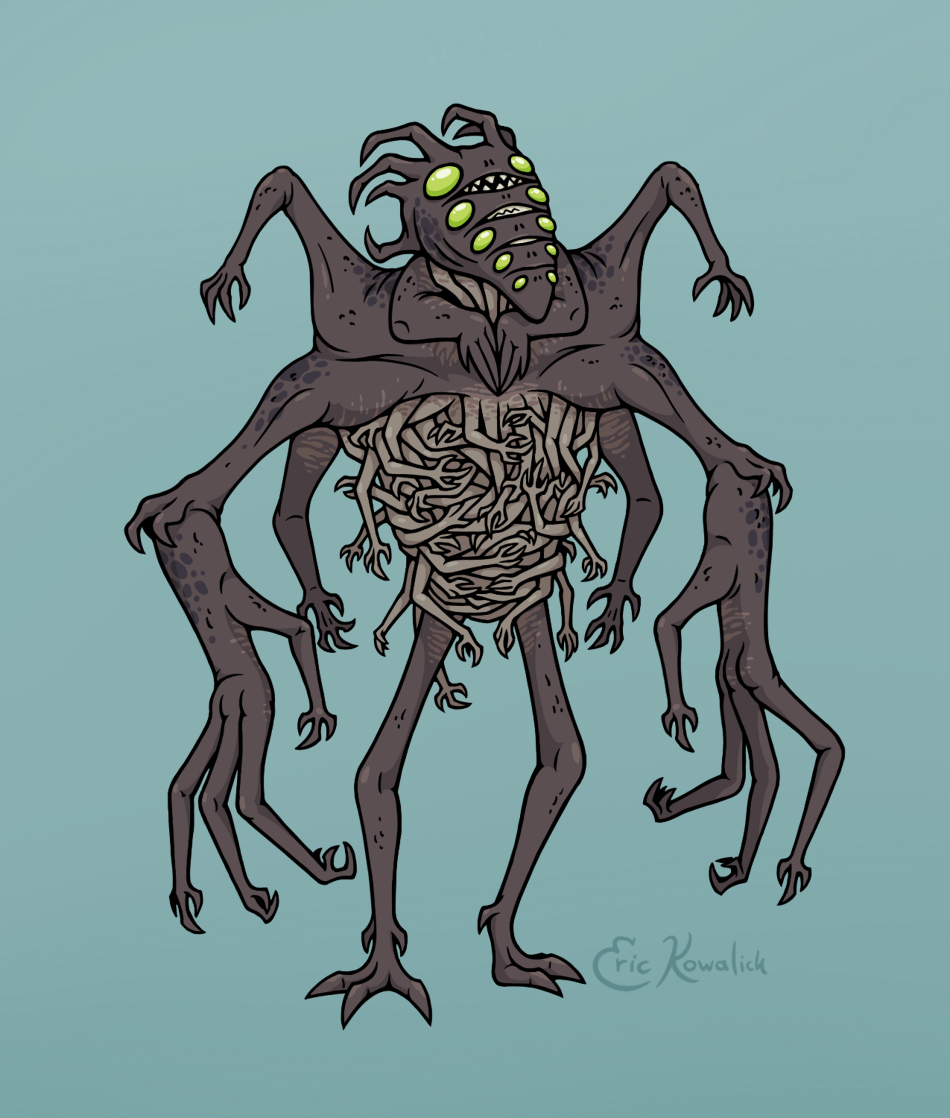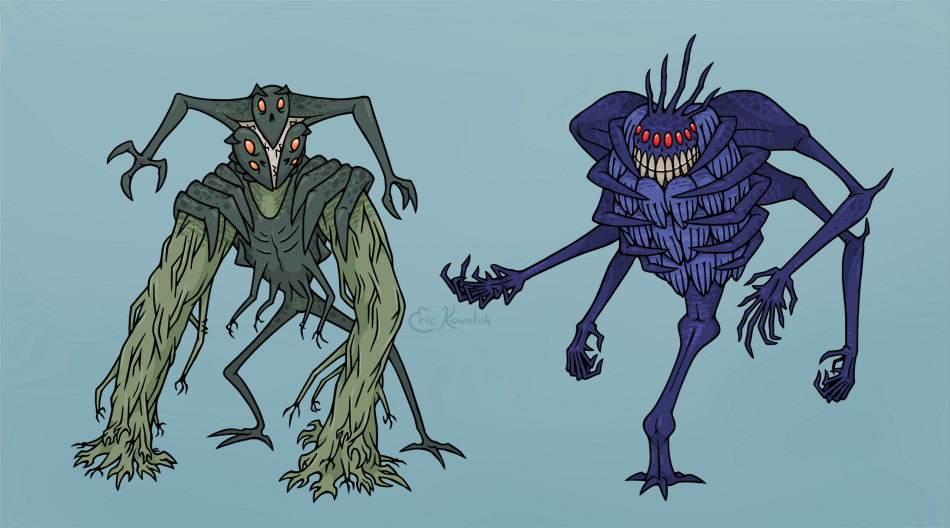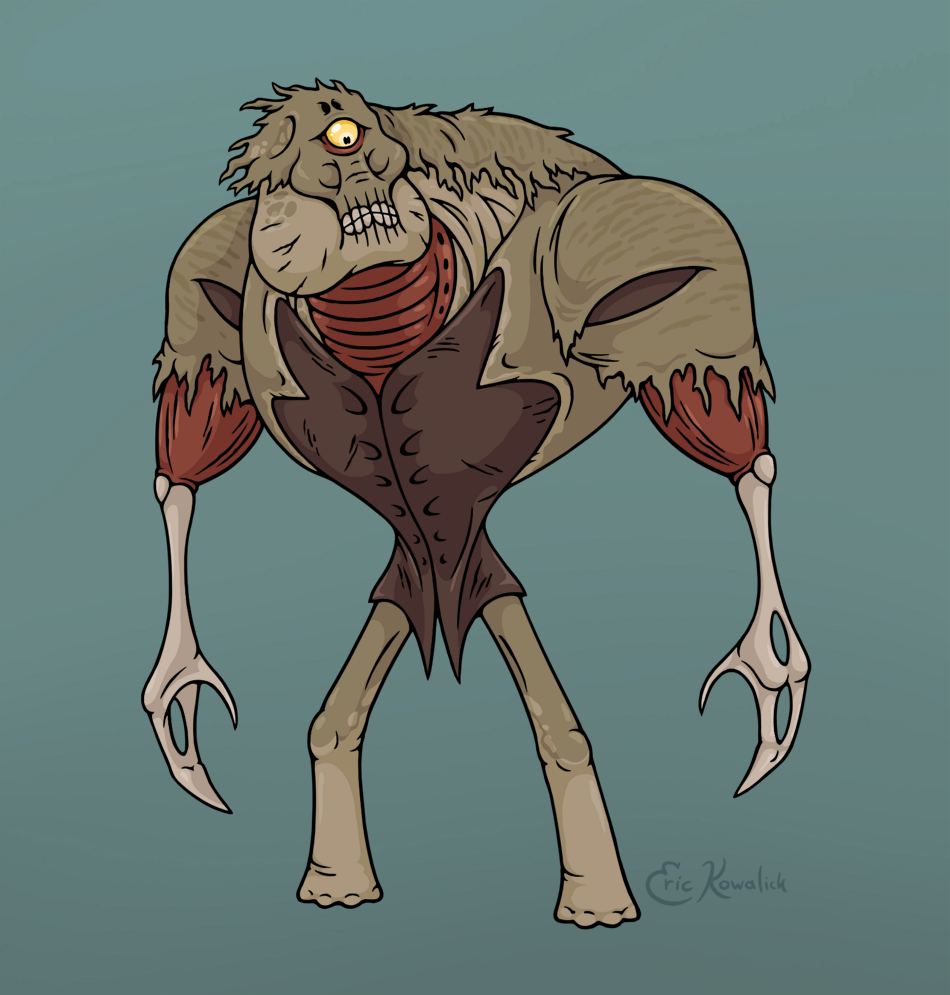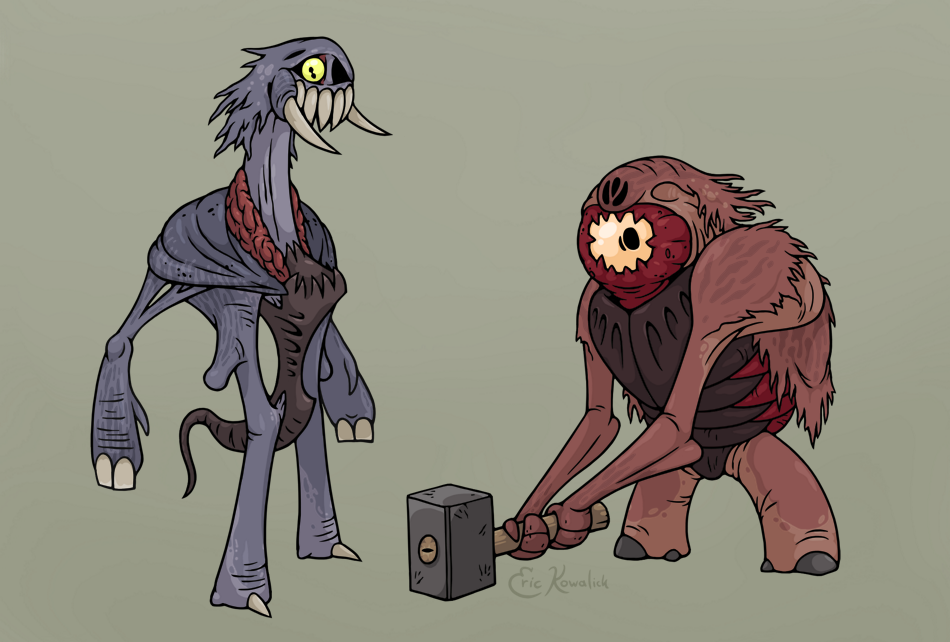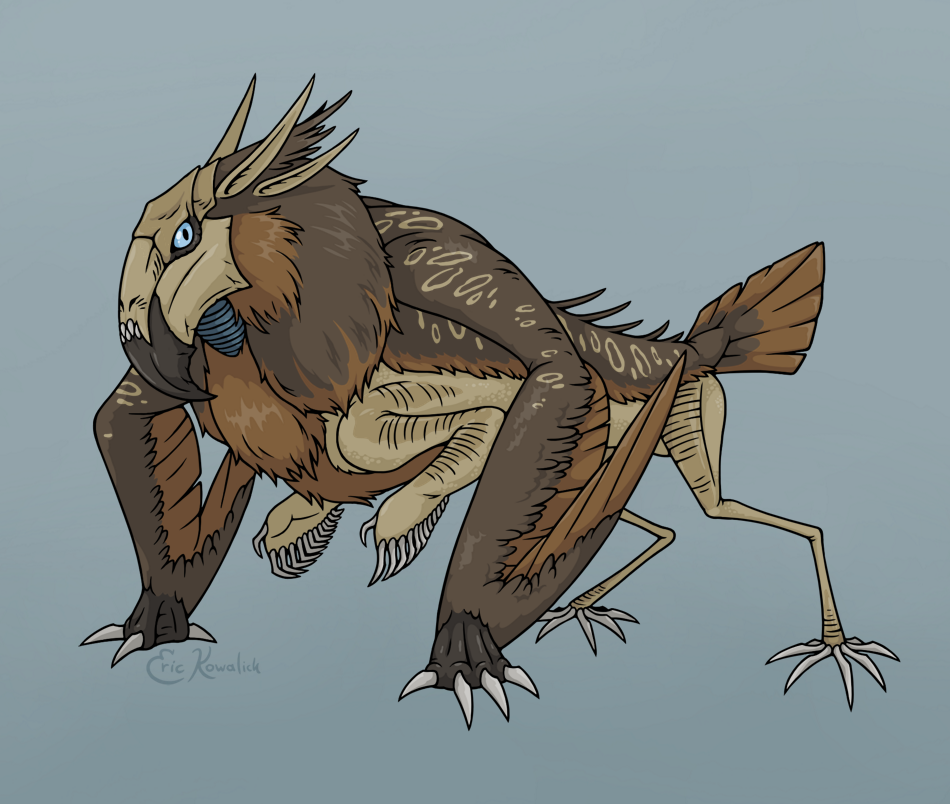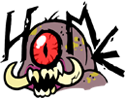The three Fates had complete control over the lives of every mortal: Clotho spun the thread of life for every being and thus had control over their births, Lachesis decided how long the threads were and chose how those lives would play out, and Atropos cut the threads and thus determined how every being's death would come about. While effectively the most powerful beings in Greek mythology, the Fates were obedient to Zeus (who, in some depictions, was their father).
The product of an unholy union between Queen Pasiphae and the Cretan Bull -- a bull which King Minos (Pasiphae's husband) was meant to sacrifice to Poseidon. Minos found the bull too beautiful to kill and kept it for himself and offered a normal bull in return. Enraged, Poseidon punished Minos by making his wife Pasiphae lust for the Cretan Bull, resulting in a savage child that was half bull and half man.
The Minotaur was sealed inside the Labyrinth, and every few years the city of Athens (having lost a war against Minos) had to give 14 youths to feed the beast. Eventually both monster and maze were defeated by the hero Theseus with the help of Minos' daughter Ariadne.
These bird-woman monsters were sent by the gods to punish King Phineus for telling other mortals the future. The Harpies didn't physically assault Phineus, rather they prevented him from ever eating, either by stealing the food for themselves or by crapping all over it. The Harpies were eventually driven away -- though not killed -- by the Argonauts.
Argus "the All-Seeing" was a servant to Hera and held the unique double role of monster and hero. He was tasked with watching over nymph-turned-cow Io, until Hermes put him to sleep with song and killed him. Hera honored her loyal minion by placing his eyes in the tail of her beloved peacock... and immediately sent a gadfly to harass the freed Io.
Raised by the war god Ares, the Stymphalian Birds were man-eaters capable of firing their bronze feathers like arrows. They wreaked havoc in Arcadia, taking refuge in the inaccessible swamps, until Hercules exterminated them as part of his twelves labors.
When Cronus took control of the world, he sent the monstrous Kampe to guard the imprisoned Hecatoncheires and Cyclopes, instead of freeing them as Gaia had hoped. Years later, Zeus defeated the she-dragon and released the giants, who then helped him overthrow Cronus.
Talos was an automaton crafted by Hephaestus to guard the island of Crete (or more specifically, Zeus' latest love interest, Europa). The living statue usually hurled rocks at his enemies, though he could be diabolically shrewd, such as the time he superheated his metal body with fire before hugging his foes.
Curiously for a being made of bronze, Talos had a vein that circulated precious ichor. Medea and the Argonauts caused him to bleed to death by pulling out a pin in his ankle — in some versions of the story Medea fooled Talos into thinking that doing so would render him immortal. Rather interesting that a metal man would've feared death...
A serpentine child of Ares that guarded a sacred spring, the Ismenian Dragon was killed by Cadmus on his quest to found Thebes. Cadmus would, in time, atone for the snake-slaying by turning into one himself.
The Ismenian Dragon's teeth had the peculiar postmortem ability...
The Spartoi were warriors that grew fully-formed out of the sown teeth of the Ismenian Dragon. They could be rather easily defeated by simply throwing a rock at them — the tooth-born troopers would mistakenly believe one of their brothers hit them and suddenly the whole band is killing each other, as siblings do.
Both Cadmus and Jason had to contend with these 'sown men' on two entirely unrelated occasions. Some of Cadmus' Spartoi lived and helped him build Thebes. Jason left no survivors.
The Hecatoncheires triplets (Briareus, Cottus, and Gyges) were hated by their father, Uranus, and promptly buried deep underground. In retaliation Gaia convinced her other children, the Titans, to rebel against their father. Cronus and company cast out Uranus, but neglected to free their siblings.
The Hecatoncheires were finally released by Zeus to help overthrow Cronus. Afterwards the Titans were imprisoned, with the Hecatoncheires appointed as their wardens.
Like their Hecatoncheires brothers, the three Cyclopes (Arges, Brontes, and Steropes) were imprisoned by their father Uranus, left to rot by their other brother Cronus, and finally freed by their nephew Zeus. The one-eyed trio were expert blacksmiths and created thunderbolts for the new King of the Gods, as well as Hades' Cap of Invisibility and Poseidon's Trident.
Living outside of Greece itself, griffins lined their nests with nothing less than gold, which they carve out of the mountains using their beaks. Naturally this makes them targets for thieves, most notably their one-eyed neighbors the Arimaspians (who are seemingly unrelated to Greece's own Cyclopes).
